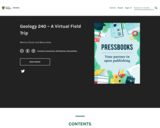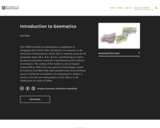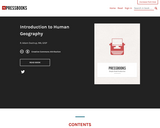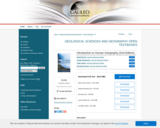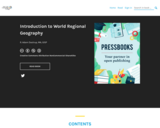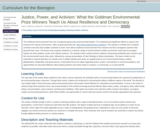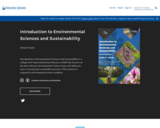
Short Description:
Introduction to Environmental Sciences and Sustainability is a college-level Open Educational Resource (OER) that focuses on the most relevant environmental science issues and addresses ways to incorporate sustainable practices. This resource is targeted at environmental science students.
Long Description:
Introduction to Environmental Sciences and Sustainability is a college-level Open Educational Resource (OER) that focuses on the most relevant environmental science issues and addresses ways to incorporate sustainable practices. The text is designed for an introductory-level college science course. Topics include the fundamentals of ecology, biodiversity, pollution, climate change, food production, human population growth, and incorporating sustainable approaches in our communities, economies, and environments. This resource is targeted at environmental science students.
Students can print a PDF copy of this text as a hard copy (at the student’s expense). Electronic copies of a PDF or the ebook are available through UWF’s Library Pressbook.
Contributors: Chasidy Hobbs, M.S. and Kwame Owusu-Daaku, Ph.D
Word Count: 118178
(Note: This resource's metadata has been created automatically by reformatting and/or combining the information that the author initially provided as part of a bulk import process.)
- Subject:
- Applied Science
- Career and Technical Education
- Environmental Science
- Environmental Studies
- Material Type:
- Textbook
- Provider:
- University of West Florida
- Author:
- Emily P. Harris
- Date Added:
- 06/15/2023

